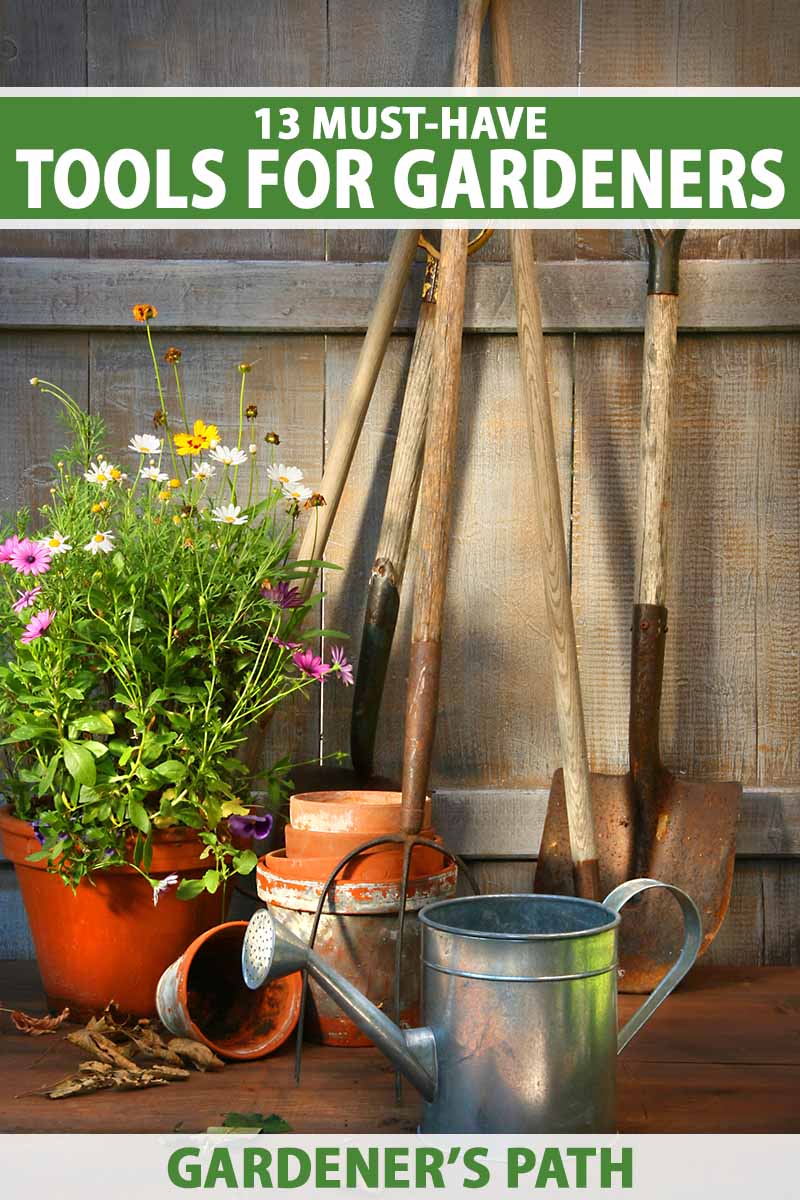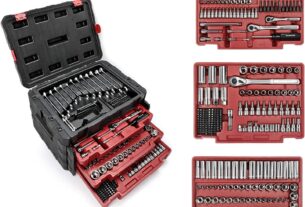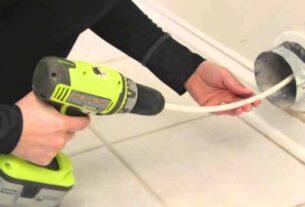Are you searching for the perfect harvesting tools to make your gardening experience easier and more efficient? Look no further! In this comprehensive guide, we will discuss everything you need to know about harvesting tools, including the different types available, their uses, and how to choose the best ones for your garden.
[h2]Types of Harvesting Tools[/h2]
There are several types of harvesting tools available on the market. Each tool is designed for a specific purpose and can help make gardening tasks easier. Let’s take a look at some of the most common types of harvesting tools.
1. Pruning Shears
Pruning shears, also known as hand pruners or secateurs, are used for cutting small branches, stems, and flowers. They come in two types: bypass pruning shears and anvil pruning shears. Bypass pruning shears have two sharp blades that pass by each other like scissors, while anvil pruning shears have one sharp blade that cuts against a flat surface.
2. Hedge Shears
Hedge shears are used for trimming hedges and shrubs. They have long blades with straight edges that can easily cut through thick branches.
3. Loppers
Loppers are larger than pruning shears and are used for cutting thicker branches and stems. They have long handles that provide leverage when cutting through tough materials.
4. Harvesting Knives
Harvesting knives are useful for picking fruits and vegetables from plants without damaging them. They come in various shapes and sizes, with curved or straight blades depending on the type of produce being harvested.
5. Harvesting Scissors
Harvesting scissors are similar to pruning shears but have longer blades and a curved edge that allows for precision cutting of delicate stems and leaves.
[h2]Choosing The Right Harvesting Tools[/h2]
Choosing the right harvesting tools can make a significant difference in the success of your garden. Here are some factors to consider when selecting your tools.
1. Size and Weight
Make sure the tool you choose is comfortable to hold and use for extended periods. The size and weight of the tool should be appropriate for your hand size and strength.
2. Cutting Capacity
Consider the thickness of the branches or stems you will be cutting, and choose a tool with an appropriate cutting capacity.
3. Blade Material
The material used for the blade affects its durability and sharpness. Stainless steel blades are rust-resistant and stay sharp for longer periods, while carbon steel blades are softer but easier to sharpen.
4. Handle Material
Handles made from high-quality materials like wood or rubber provide a better grip and reduce hand fatigue during use.
[h2]Tips For Using Harvesting Tools[/h2]
Using harvesting tools efficiently requires proper technique and care. Here are some tips for using your tools effectively:
1. Keep Your Tools Clean
Regularly clean your tools after use to remove any dirt or debris that may have accumulated on them. This helps prevent rust formation and ensures your tools remain sharp.
2. Sharpen Your Blades
Dull blades can damage plants and make cutting more difficult. Keep your blades sharp by regularly sharpening them with a sharpening stone or file.
3. Use The Right Tool For The Job
Using the wrong tool can make gardening tasks more challenging than they need to be. Make sure you choose the appropriate tool for each task to avoid damaging plants or injuring yourself.
[h2]Conclusion[/h2]
Harvesting tools are essential for any gardener looking to maintain a healthy, productive garden. By choosing the right tools for your needs, taking care of them properly, and using them efficiently, you can enjoy a bountiful harvest year after year.
References:
– https://en.wikipedia.org/wiki/Gardening_tools
– https://www.bhg.com/gardening/tools/harvesting-tools/




